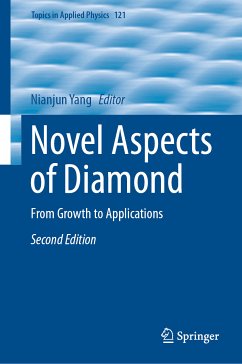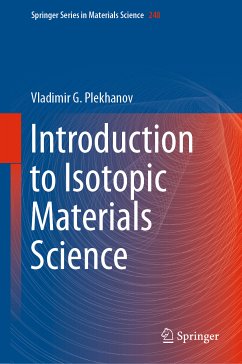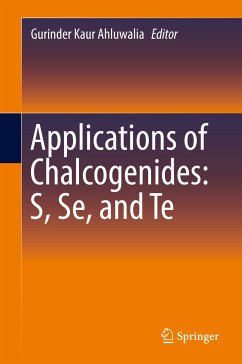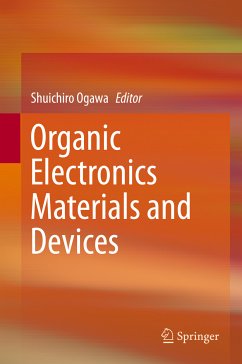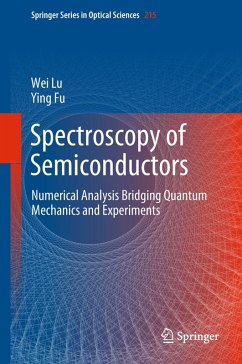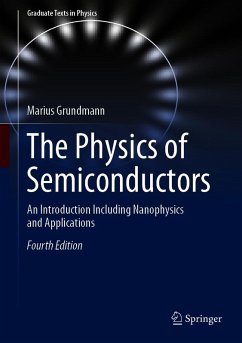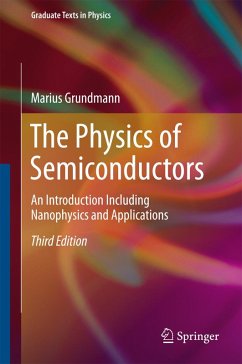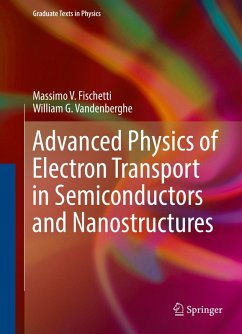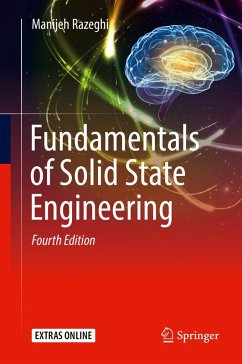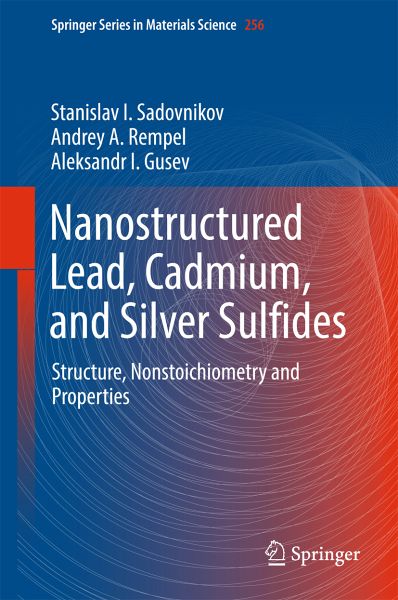
Nanostructured Lead, Cadmium, and Silver Sulfides (eBook, PDF)
Structure, Nonstoichiometry and Properties
Versandkostenfrei!
Sofort per Download lieferbar
40,95 €
inkl. MwSt.
Weitere Ausgaben:

PAYBACK Punkte
20 °P sammeln!
Presents a study of nonstoichiometry effects in nanostructures
Describes various methods to prepare nanostructured sulfides
Introduces hydrochemical bath deposition as universal method for synthesis of nanofilms
Discusses the effect of nanoparticle size on the band gap and optical and thermal properties of sulfides
Describes various methods to prepare nanostructured sulfides
Introduces hydrochemical bath deposition as universal method for synthesis of nanofilms
Discusses the effect of nanoparticle size on the band gap and optical and thermal properties of sulfides
Dieser Download kann aus rechtlichen Gründen nur mit Rechnungsadresse in A, B, BG, CY, CZ, D, DK, EW, E, FIN, F, GR, HR, H, IRL, I, LT, L, LR, M, NL, PL, P, R, S, SLO, SK ausgeliefert werden.



